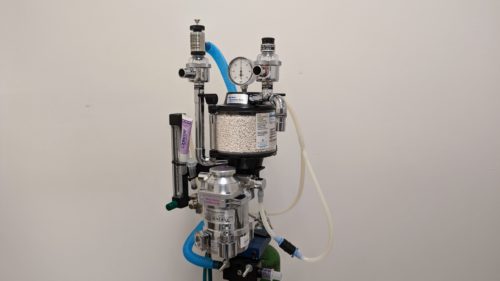
For some procedures, your pet will need to be administered general anesthesia so that he or she will be unconscious and not feel pain. Many pet owners worry about their pets being administered general anesthesia. We can assure you that modern anesthesia is generally quite safe; to further lower any risk, we perform a physical examination and run blood work ahead of time to catch any underlying health issues. In addition, we follow a specific anesthetic protocol, including monitoring vital signs during the procedure, to ensure the safety of our patients.
We believe that the most successful general anesthesia begins at home! You will administer a mild oral sedative to your pet on the morning of their procedure. Once they are at the hospital, they will receive an injection of a sedative and pain reliever to help with relaxation, reduction of anxiety, and to begin the control of pain. An intravenous catheter will always be placed so that we can administer medications to start the anesthesia, fluids during the procedure and any drugs that are needed to support your pet during anesthesia. To maintain the state of unconsciousness, we deliver a gas anesthetic in combination with oxygen through a breathing tube placed in the trachea (wind pipe).
Please contact us if you have any questions or concerns about your pet receiving general anesthesia or about the procedure for which your pet is scheduled.

